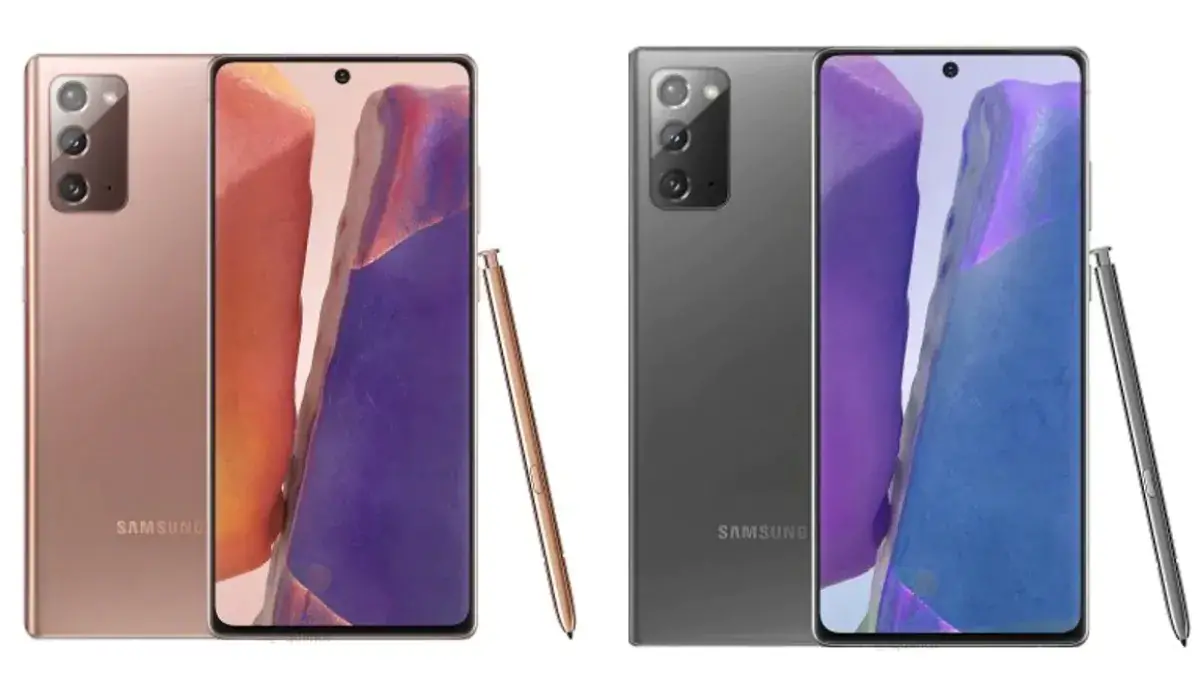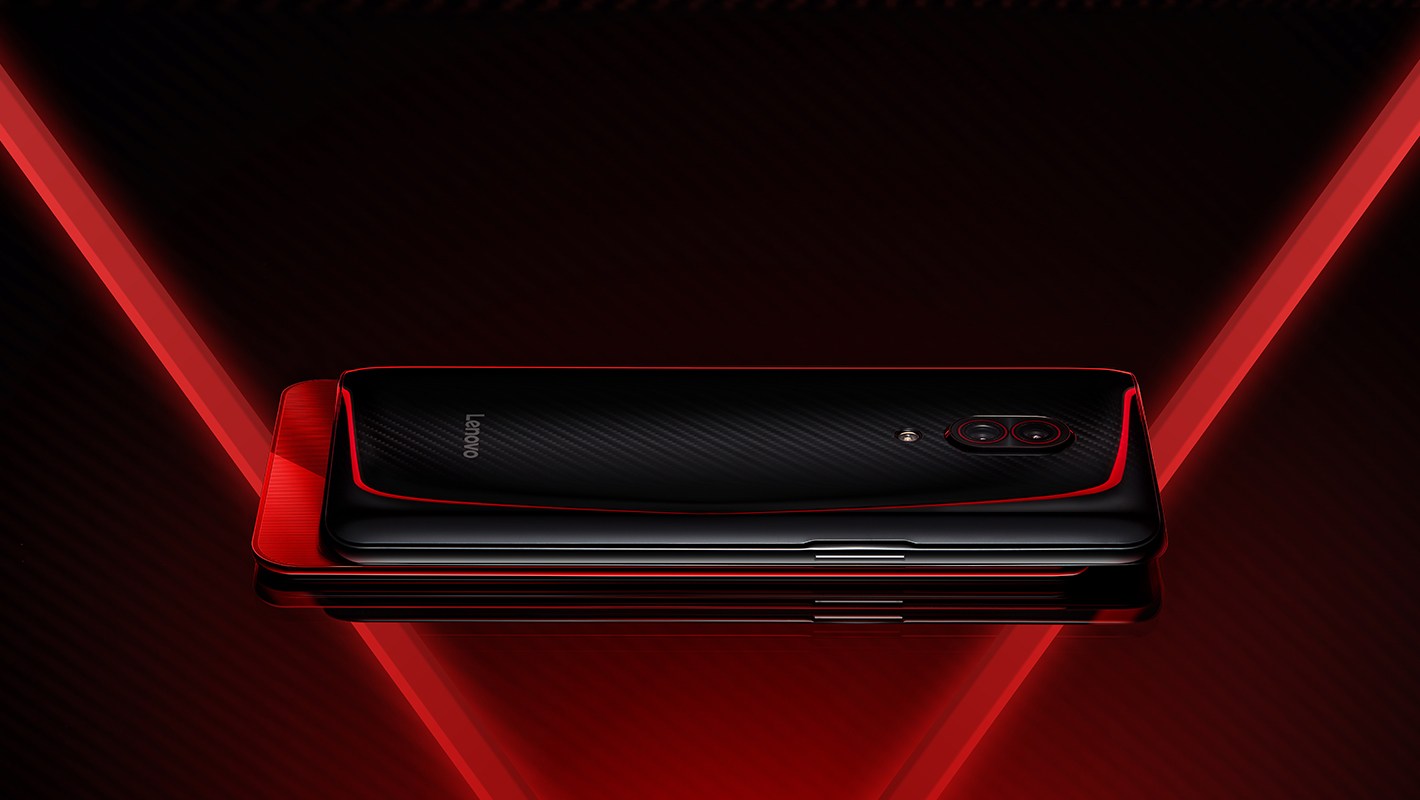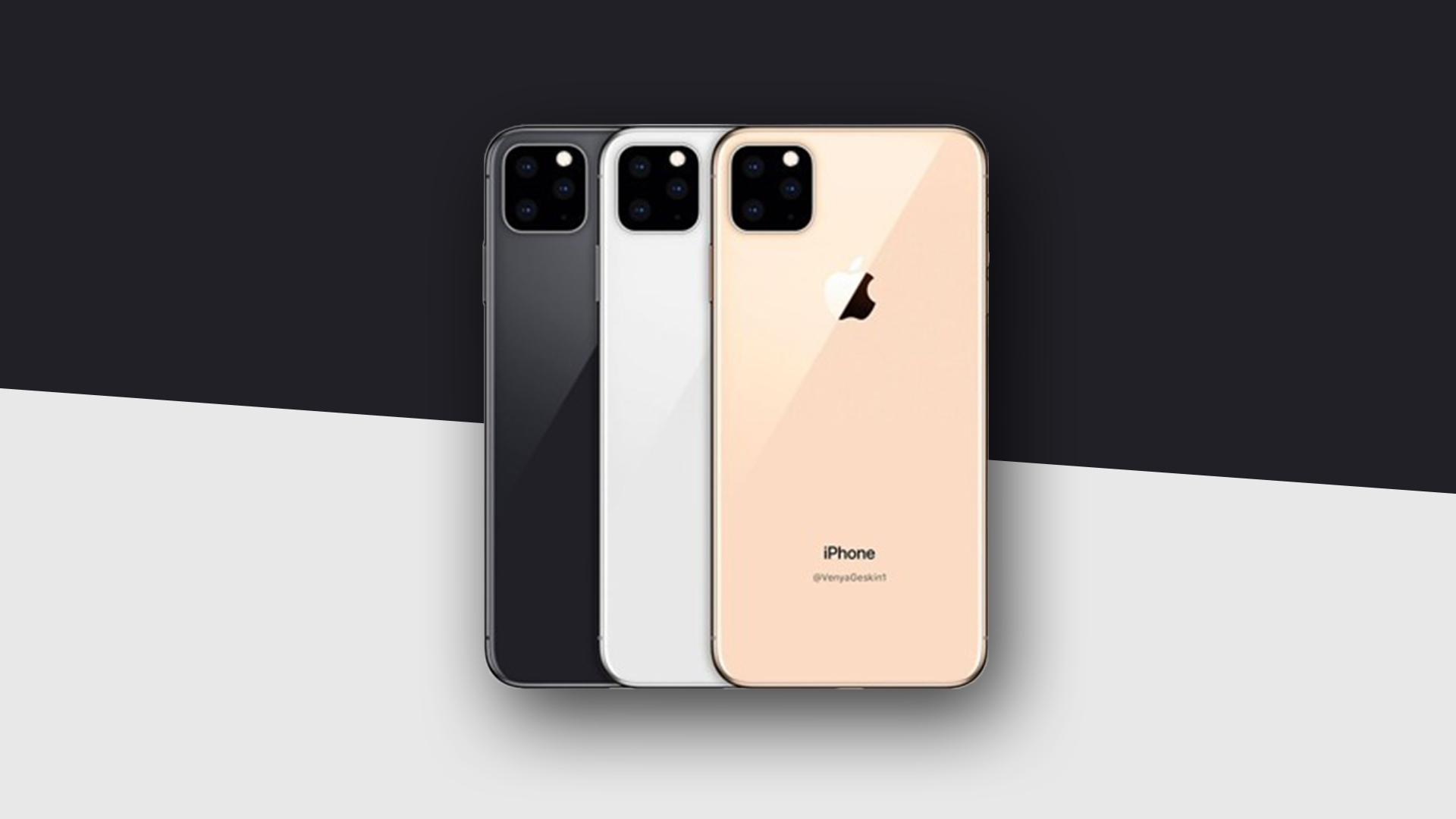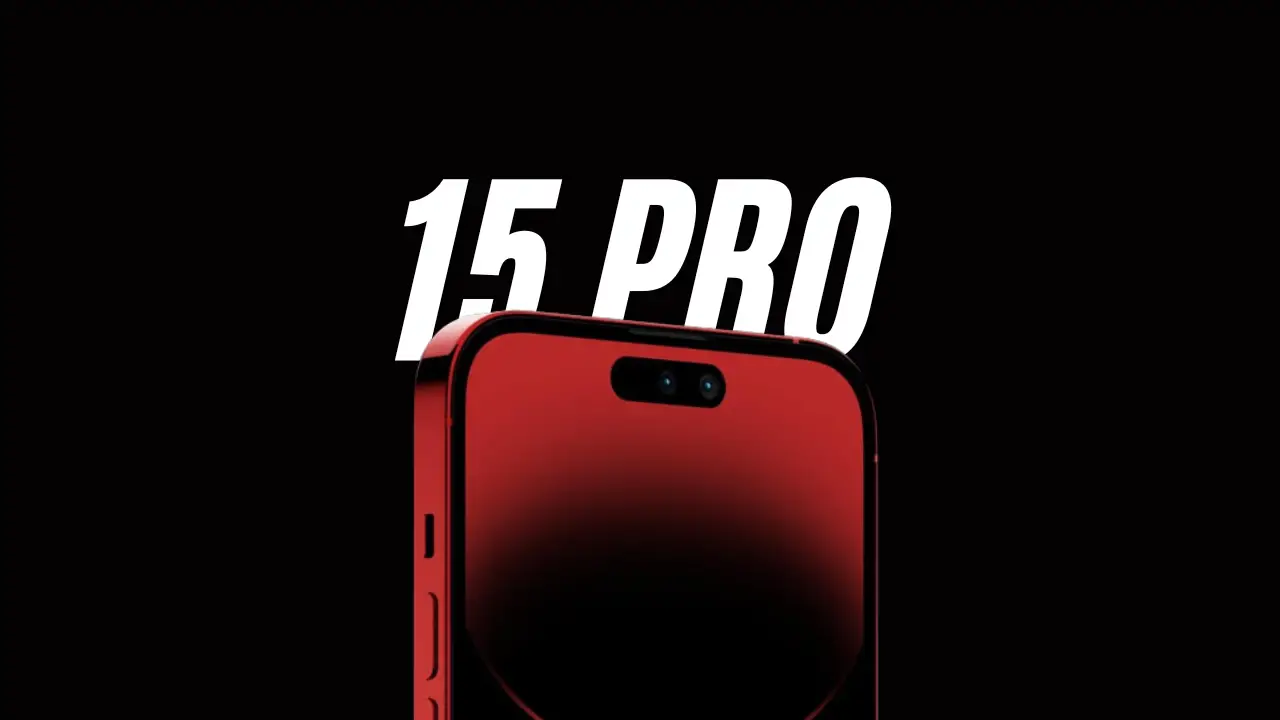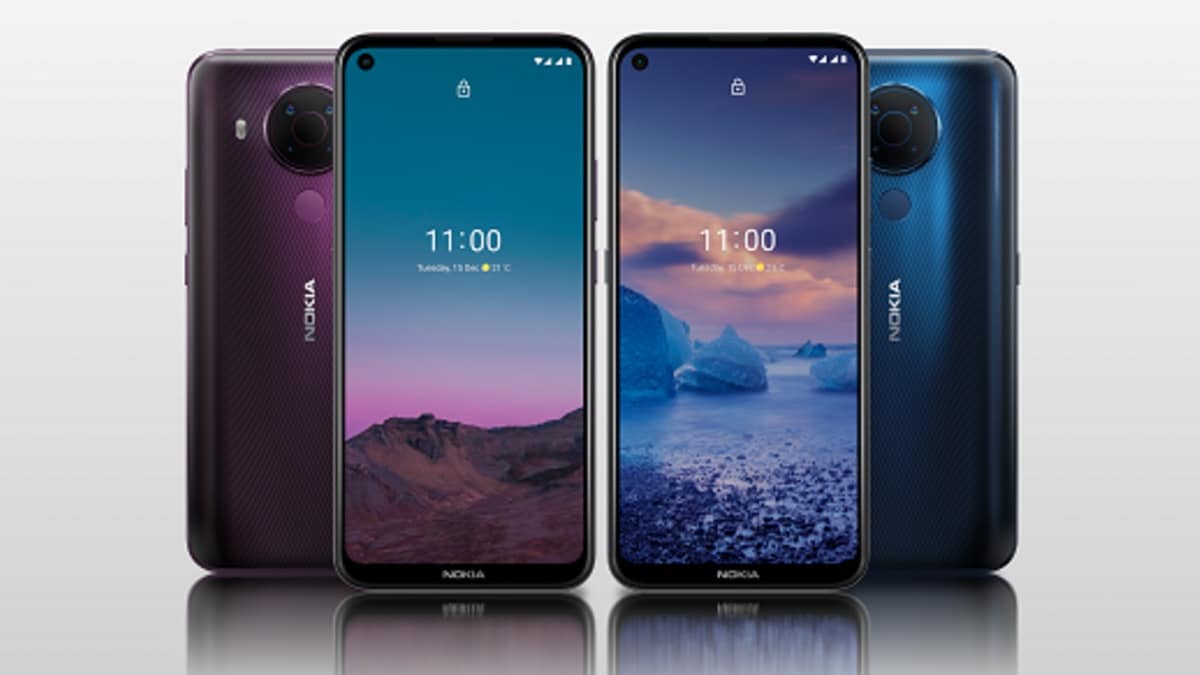We have seen plenty of unique designs for smartphones in the last couple of years. First of all, we saw the trend of reducing bezels on smartphones to make them “bezel-less”. For this reason, we saw companies like Oppo and Vivo come up with ideas such as pop-up selfie camera, sliding cameras as well as other mechanisms. However, most of the companies stuck to the idea of including a notch and making the rest of its display bezel-free. Since then, we have seen the front selfie camera of our smartphones in notches as well as pop-up mechanism.
However, Oppo might have just shown us a glimpse at the future of smartphone design. Today, Oppo posted a video showing off its in-display camera in action. Previously, we have seen in-display fingerprint sensors which are basically fingerprint sensors sitting inside the display. Therefore, we cannot see the actual sensors and we have to place our finger on the display to unlock the smartphone.
Similarly, In-display front camera will not be visible from the outside. However, we will be able to capture the selfies as we normally do. As much as we appreciate the fact that notches, punch hole cameras and mechanical pop-up cameras make the display look better, they are compromises in reality. Therefore, this seems to be the best option for any smartphone. To have an in-display selfie camera as well as an in-display fingerprint sensor.
For those seeking the perfect, notchless smartphone screen experience – prepare to be amazed. ????
You are taking a very first look at our under-display selfie camera technology. RT! ???? pic.twitter.com/FrqB6RiJaY
— OPPO (@oppo) June 3, 2019
Although the video from Oppo shows only the top half of the display, we can see that the camera is totally hidden. Also, the display portion actually covers the camera when the camera app is not open so we have a seamless content viewing experience. Since this is our very first look at the under-display selfie camera, we know that this technology is at least being worked upon. Although we are not quite certain, we hope to see smartphones come out with this technology by the end of 2019.

